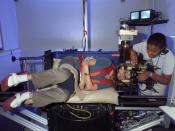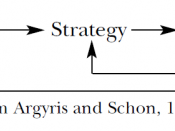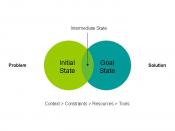This paper will describe the four steps to change the mental models of Beadworks. The first step is to recognize the power and limits of the models. The second step is to test the relevance of the mental models against changing environment and to generate new models. The third step is to overcome inhibitors such as lack of information, lack of trust, desire to hold on to old patterns, and the expectations of the others. The final step is to implement the model, assess the model and continuously strengthen the model (Crook, Wind, Gunther, 2005, p. xxiv).
Beadworks has taken strategic planning internally and implemented a big change recently. Beadworks purchased Austin Hamilton (a beads and jewelry making supplier) to maximize customer profiling. In addition, before and after purchasing Austin Hamilton (AH), Beadworks had to recognize the power and limits of a mental model for maximizing profits. "Mental models are representations in the mind of real or imaginary situations.
Scientists sometimes use the term "mental model" as a synonym for "mental representation", but it has a narrower referent in the case of the theory of thinking and reasoning" (Kenneth Craik, 1945). Taking the theory of thinking, the owner of Beadworks had a mental model of having access to more clientele through the Austin Hamilton purchase earlier in 2008. A mental model represents a possibility. Mental models can also be constructed by imagination, perception and knowledge of discovery. Beadworks recognized opportunity with AH and succeeded to make the most mental models and apply them to grasp the potential of the new products Beadworks can use. "Usability is strongly tied to the extent to which a user's mental model matches and predicts the action of a system." (Nielsen, 1993). Thus, a way to explain Beadworks' idea to purchase AH prior to actually...


